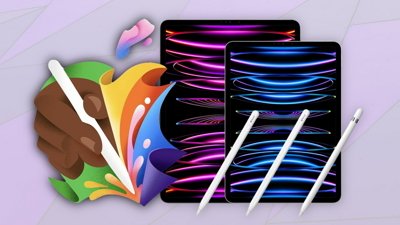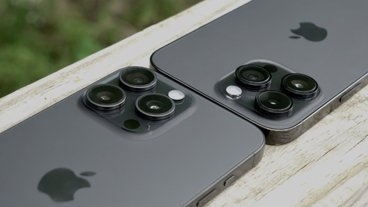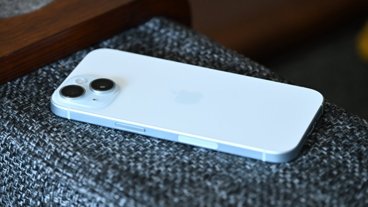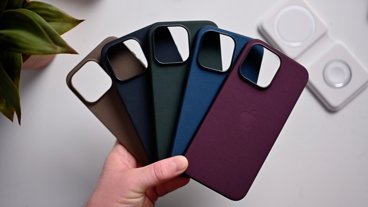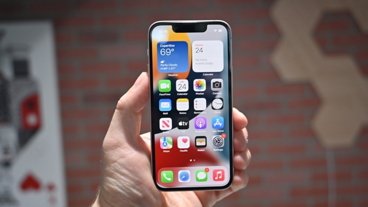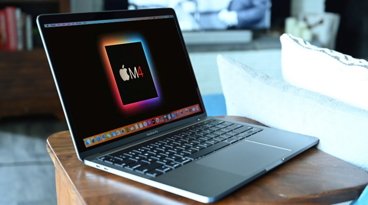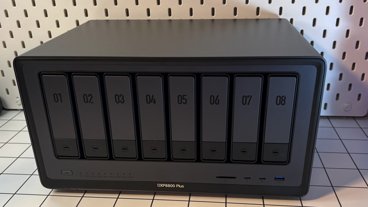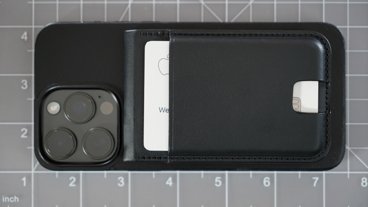Apple's CDMA iPhone 4 components cost $171, $16 cheaper than GSM phone
iSuppli on Thursday announced the results of its analysis of the new CDMA variant of the iPhone 4. The teardown found "significant changes in its design and component selection," which helped to reduce the price by more than $16 from the $187.51 estimated cost of the AT&T-compatible GSM iPhone 4.
The most expensive component of the 16GB CDMA iPhone 4 — which sells for $199 subsidized with a two-year-contract — is its memory, costing an estimated $40.40 for NAND flash and SDRAM. The high-resolution Retina Display is the second most expensive component, with an estimated cost of $37.80.
The two most expensive components apparently appear unchanged from the previous version of the iPhone 4
iSuppli revealed earlier this week that the new iPhone 4 has an improved antenna design, as well as an integrated GPS chip found as part of the Qualcomm MDM6600 baseband. The baseband-GPS combo has an estimated cost of $16.41.
The CDMA iPhone 4 also features a new WLAN/Bluetooth module from Murata Manufacturing Co. Ltd., which integrates Broadcom's BCM4329 WLAN/Bluetooth/frequency modulation chip. It is the same core functional chip that has been used before, but it has shrunk in size.
"With the CDMA iPhone 4, Apple Inc. has shown once again that it never recycles a product design," said Andrew Rassweiler, senior director of teardown services for IHS. "Apple's new designs always exhibit changes, evolution and optimization. This approach is evident not only in the antenna design but also in items like the integrated GPS functionality and the shrinking of the Wi-Fi/Bluetooth combo module.
"As we dig deeper into our teardown analysis, we're certain that we will find a host of other tweaks all designed to improve quality but keep costs on a steady path of decline."
In all, iSuppli has estimated the components of the CDMA iPhone 4 to have a materials cost of $171.35. Adding in the presumed $7.10 manufacturing costs, and the total estimated bill of materials comes to $178.45.
The bill of materials estimate accounts only for hardware and manufacturing costs incurred by Apple. It does not take into consideration other expenses the company must shoulder, such as the development of software, necessary licensing agreements, or royalties that must be paid.
 Katie Marsal
Katie Marsal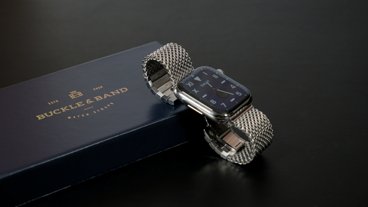

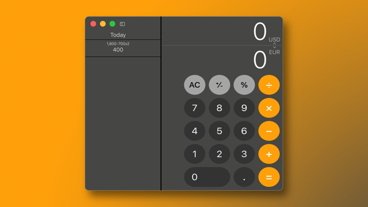

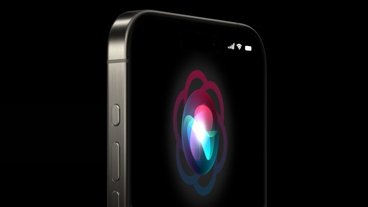
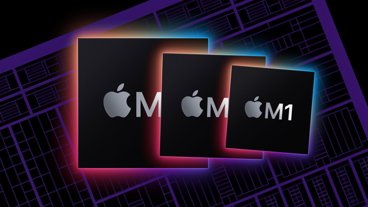
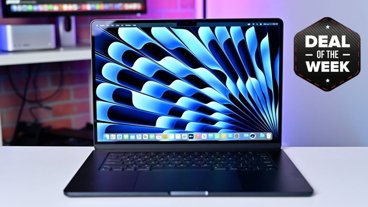
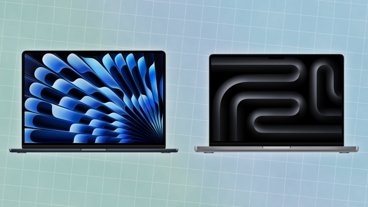
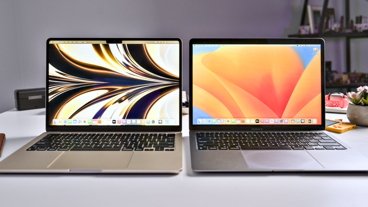
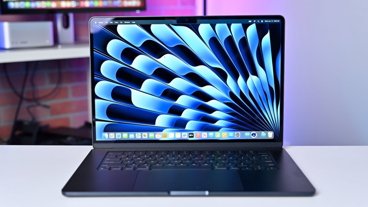
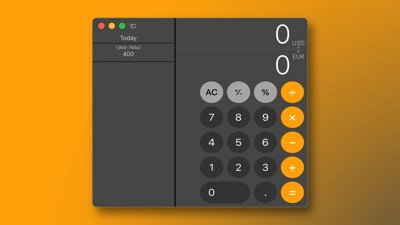
 Marko Zivkovic
Marko Zivkovic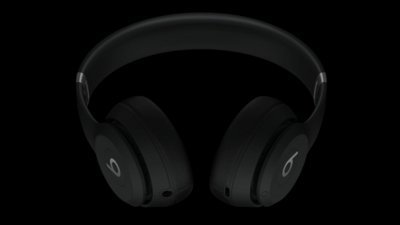
 Amber Neely
Amber Neely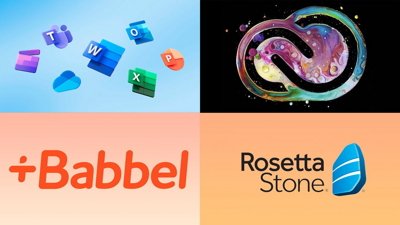
 Christine McKee
Christine McKee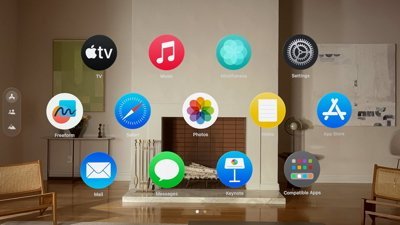
 Malcolm Owen
Malcolm Owen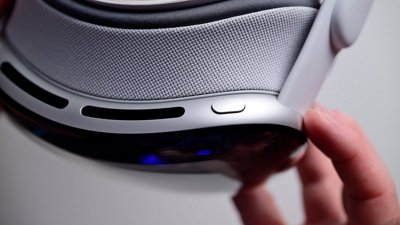
 Mike Wuerthele and Malcolm Owen
Mike Wuerthele and Malcolm Owen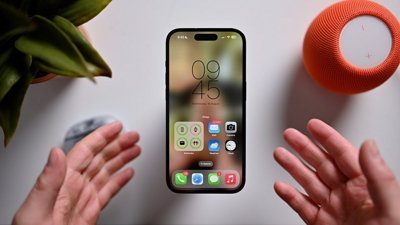
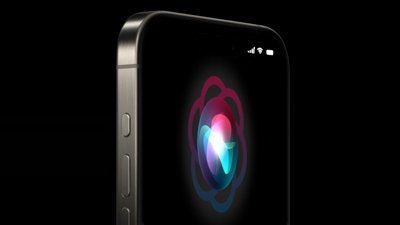
 William Gallagher
William Gallagher